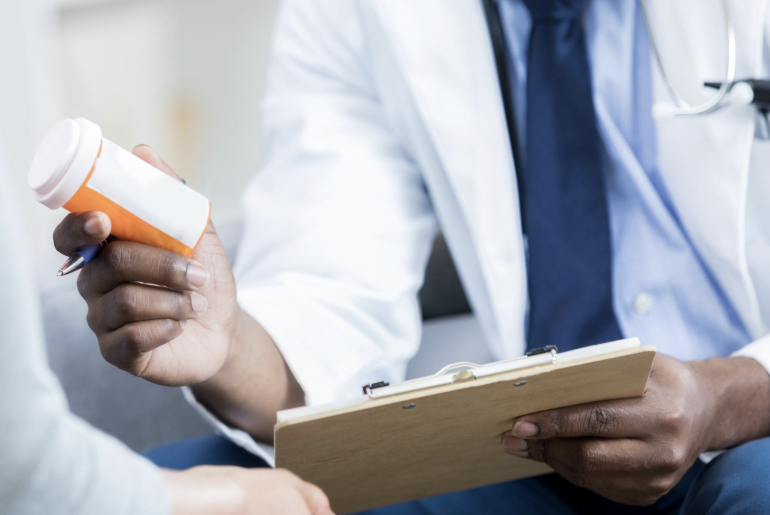Endometriosis, a common disorder that affects women’s reproductive systems, occurs when the tissue lining inside the uterus (endometrium) grows outside. Although this condition may not cause any symptoms in some cases, others develop pain and heavy periods. Some other symptoms include fatigue, mood changes, and pain during sex. Endometriosis can seriously impact a woman’s life by causing chronic pelvic pain, infertility, or both. The only way to diagnose it is through surgery. However, a doctor specializing in endometriosis in Boynton Beach may recommend different ways to manage the symptoms of this condition. Here are some treatment options.
1. Hysterectomy
When all other treatments fail, hysterectomy may be the only option left. Simply put, this is a surgical procedure in which a woman’s uterus is removed. It can occur through an abdominal incision or laparoscopically, where the surgeon will use special tools to remove it. Doctors should not offer this treatment option to women of childbearing age without trying other possibilities first.
2. Hormone Therapy
One of the most effective ways to manage endometriosis symptoms is hormone therapy. This type of treatment uses hormones, either progestin or combined oral contraceptives, to alter the growth of cells outside the uterus. It provides relief from pelvic pain and stops periods in some women.
Some of the benefits of hormone therapy for endometriosis are that it can help reduce the risk of developing osteoporosis, decrease irritability, and help control acne. It has many side effects, including nausea, breast swelling or tenderness, headache, insomnia, mood changes, and weight gain.
3. Laparoscopy
In cases where the symptoms of endometriosis include severe pelvic pain, a procedure called laparoscopy can be used to treat it. It’s a minimally invasive surgery that allows a doctor to view the inside of the abdomen and pelvis using a slender tube equipped with a light and camera (laparoscope).
The surgeon makes a small cut near or through the navel during this procedure and inserts the laparoscope. They then use instruments specifically designed for endometriosis surgery, such as those that remove endometrial tissue and adhesions, to control pain and help restore fertility.
4. Medication
Medications given to a woman with endometriosis include hormonal therapy and non-steroidal anti-inflammatory drugs (NSAIDs) such as naproxen. NSAIDs block chemicals in the body that cause pain, fever, and inflammation. This medication is used to treat menstrual cramps, headaches, and other aches or pains.
In some cases, a woman with severe pain may be offered narcotic drugs such as codeine to ease the discomfort until the endometriosis responds to other treatments. While opioids can help relieve pain, they can also have serious side effects and lead to addiction if misused.
5. Dietary Changes
Changing your diet can help reduce some of the symptoms of endometriosis. Healthy eating may reduce bloating, cramping, fatigue, and irritability associated with periods. Some research suggests that specific foods may be linked to this condition, but more studies are needed to determine a relationship.
Cutting out caffeine and alcohol may help reduce abdominal pain. In addition, losing excess weight or maintaining a healthy weight can improve fertility and ease the pain of endometriosis.
To summarize, endometriosis is a condition in which cells from the uterus lining grow in other parts of the body. However, different treatment options may help control symptoms and restore fertility, such as hormone therapy and medication. In some cases where women have severe pelvic pain that does not respond to other treatments, they may be recommended for surgery.

